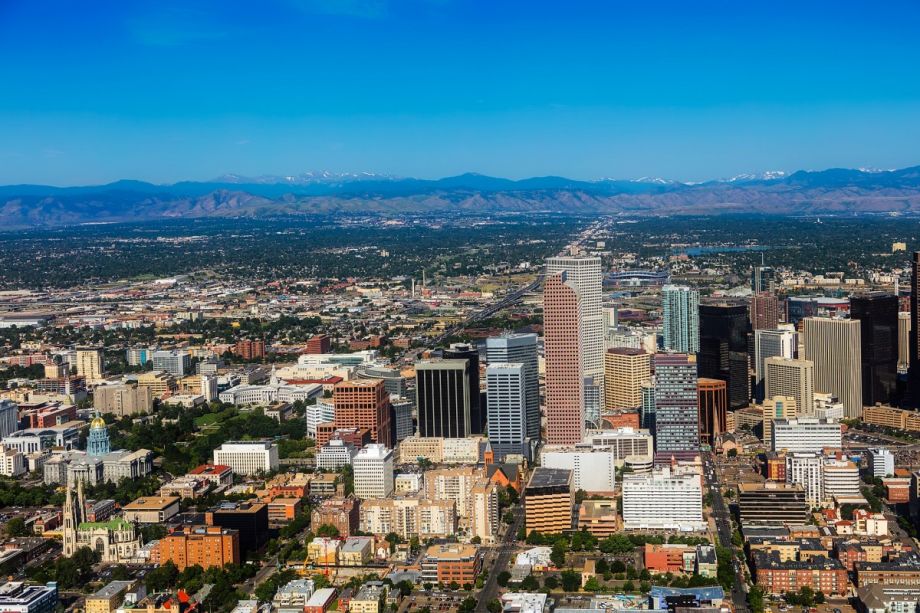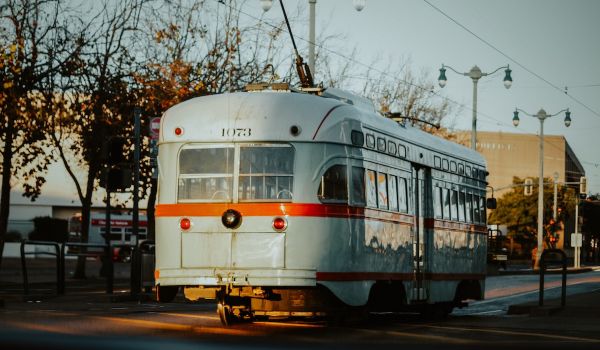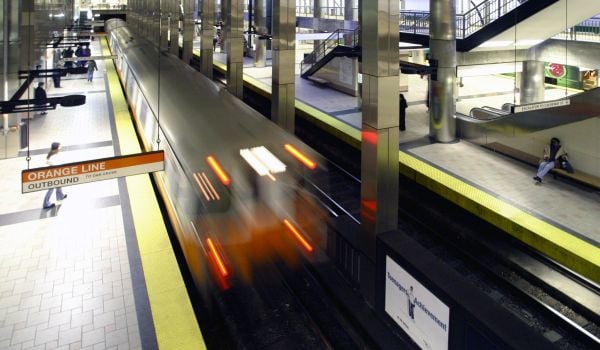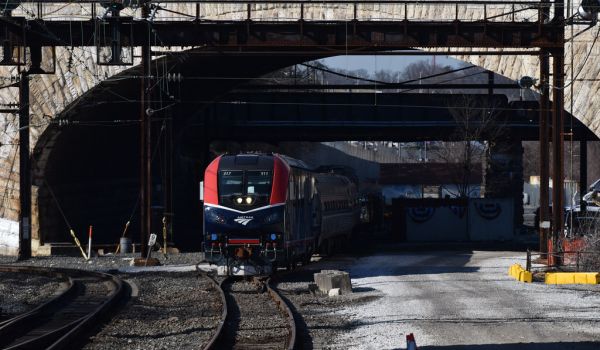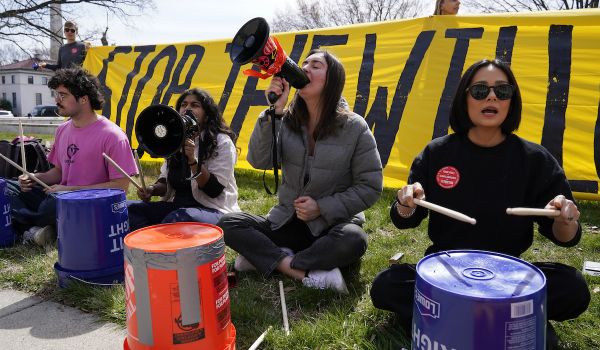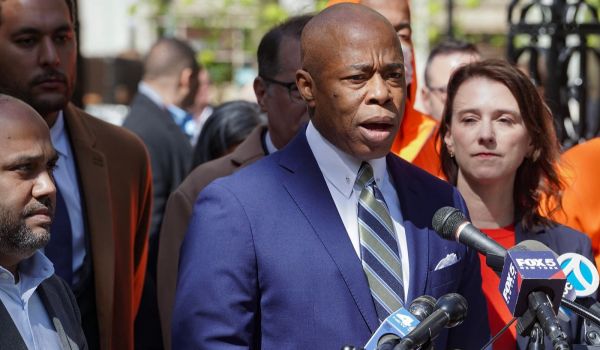Our weekly “New Starts” roundup of new and newsworthy transportation projects worldwide.
Colorado Eyes Commuter Rail to Match Growth
A state commission in Colorado will take up the matter of building a commuter rail line that would serve the burgeoning demand for travel along the Front Range of the Rockies, the corridor that contains the bulk of the state’s population along with its two biggest cities, Denver and Colorado Springs.
The Colorado Springs Gazette reports that the commission, whose members come from Front Range communities and which was originally formed to come up with ways to rehabilitate the Amtrak Southwest Chief Route across the state’s southeast corner, received this new mission from Gov. John Hickenlooper in May.
The state’s transportation department envisions a 180-mile commuter rail line extending from Fort Collins to Pueblo, a project with a price tag of anywhere from $5 billion to $15 billion, depending on the speed and level of service. As the state is looking under the sofa cushions just for the money needed to rehabilitate Colorado highways and widen Interstate 25 in the vicinity of Pikes Peak, an undertaking of this scope will likely require a new tax or a hike in the state’s gas tax.
More than 4 million Coloradans currently live along the Front Range, a figure projected to swell to 6 million by 2040. David Krutsinger, deputy director of the Colorado Department of Transportation’s transit and rail program, told the Gazette, “You look at cities with 6 million people, and they almost without exception have rail networks for their population. If we’re going to stay competitive, Colorado is going to need to do it.”
The commission has until Dec. 1 to recommend a plan for implementing service and a means to pay for the project.
Metro Service Begins in Lucknow
Residents of Lucknow, the capital of the Indian state of Uttar Pradesh, will get an easier, faster commute with the opening of the city’s first metro line.
International Railway Journal and Global Rail News both reported on the official dedication by national and regional government officials Sept. 5, one day before the start of passenger service on Sept. 6.
IRJ notes that the initial stretch runs 8.5 km (5.3 miles) from Transport Nagar to Charbagh and has eight elevated stations. The trains will operate at 100-second headways from 6 a.m. to 10 p.m. each day. Fares will be based on distance and range from 10 to 60 rupees (16 cents to 96 cents U.S.)
When completed in 2019, the line will serve a 23-km (14.3-mile) north-south corridor from Chaudhary Singh Airport to Munshi Pulia. A second, 11-km (6.8-mile), 12-station east-west line is also in the works.
GRN reports that the fleet of 20 four-car Alstom Metropolis trains was designed in Bangalore and manufactured in Sri City as part of the government’s “Make in India” campaign. The trains were built under a 150 million euro ($178.7 million U.S.) contract awarded by the Lucknow Metro Rail Corporation in September 2015.
Brooklyn Councilman Urges Express Buses, Not BQX, for Red Hook
Campaigning in Brooklyn’s Red Hook section, New York City Council Member Carlos Menchaca threw some cold water on the city’s push to build a modern streetcar line that would connect the neighborhood and other waterfront areas in Brooklyn and Queens with one another and subways leading to Manhattan.
Streetsblog New York reports that Menchaca outlined a transportation agenda that would hold off on the “BQX” LRT connector in favor of stops where residents could board express buses bound for Manhattan. In addition, he urged transit-first prioritization for local buses already operating between Red Hook and northern Brooklyn and better pedestrian and bike access options to a new ferry terminal in the neighborhood.
These improvements, he said, could be implemented “immediately” as opposed to the streetcar, which he opposes.
Know of a project that should be featured in this column? Send a Tweet with links to @MarketStEl using the hashtag #newstarts.

Next City contributor Sandy Smith is the home and real estate editor at Philadelphia magazine. Over the years, his work has appeared in Hidden City Philadelphia, the Philadelphia Inquirer and other local and regional publications. His interest in cities stretches back to his youth in Kansas City, and his career in journalism and media relations extends back that far as well.
Follow Sandy .(JavaScript must be enabled to view this email address)

